Church of Our Lady of the Rosary is a 16th-century catholic church located in Old Goa. This is one of the oldest churches of Goa and is now, a part of world heritage sites of the churches and convents in Goa. This church is considered as a victory symbol for Portuguese over Deccan rulers.
At a distance of 9 km from Panjim Kadamba Bus Stand, 27 km from Vasco Da Gama Railway Station and 36 km from Margao Railway Station, The Church of Our Lady of Rosary is the oldest church situated in Old Goa. This place is part of UNESCO World Heritage Site (Churches & Convents of Goa).
The Church of Our Lady of Rosary is located atop the Monte Santo or the Holy Hill. The church stands on the site of Portuguese leader Alfonso de Albuquerque’s victory over the armies of Bijapur Sultan in 1510. In fact the Lady of Rosary church is believed to be built by de Albuquerque as a sign of gratitude for his victory.
The church is an excellent example of Manueline style architecture of the early Portuguese. With windows near the roof and rounded towers, the church looks more like a fortress. The church has a two storied portico. It is built with laterite and plastered with lime mortar. The portico as well as the facade of the church has rounded towers on either side with the cross on top. The church roof is tiled and is supported by wooden rafters.
The church has three alters and two chapels. The main alter is dedicated to the Lady of Rosary. There is a marble cenotaph to the right of the main alter and it commemorates the marriage of Dona Catharina with Viceroy Garcia De Sa that was performed by St. Francis Xavier.
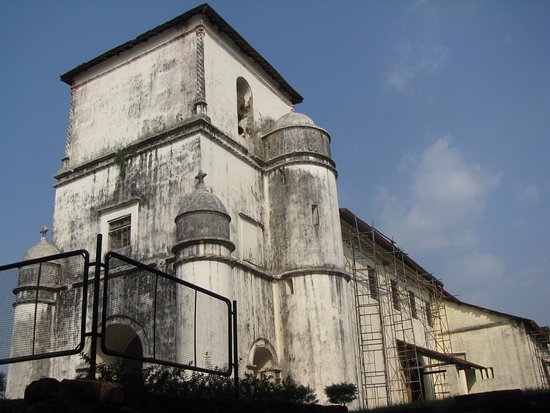
Every year in the month of November the church holds a feast with traditional processions and novenas and the family responsible for the celebration of the feast, paints the church. The feast celebrations include grand fireworks, dance performances, Konkani concerts and fashion shows.
History of Church of Our Lady of the Rosary
Although there is no literature works to back-up, it is believed that this chapel was built under the order of Afonso de Albuquerque after the battle that led to Goa being re-captured by the Portuguese army. Thus, this is considered the first church of Goa. There is very little information available about the construction of the building. The earliest literature evidence mentions about three parishes of three churches including the Church of Our Lady of the Rosary built in the capital of Portugal colony of India, Goa. Thus, it is assumed to be built during 1544. However, there are letters written between the municipality of Goa and the king of Portuguese in 1549 about a new chapel built in the place of an old one. These confusing pieces of evidence make the overall information, very cloudy.
This church used to be an important pilgrimage site and politically-important structure in Goa. However, in 1843 when the Portuguese shifted its headquarters in Goa from Old Goa to the region, which is now considered as New Goa, the building lost its importance. Later, in 1897, the church underwent its last renovation. The church was opened for the public again in 1899.
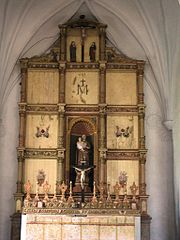
Architecture of Church of Our Lady of the Rosary
The church is considered one of the best-preserved monuments of colonial times in Goa. This is the only structure of Goa, which has many medieval-styled designs in its architecture. The church has three levels and two porticos. It has round edged towers with crowns, crosses, and cupolas. The windows are located at far higher from the ground and it has more fortress look than a church structure. You can find Indian styled manual designs on the exterior parts of the church. The front corners of the church have cylinder-shaped buttresses.
The church has two chapels and one nave. The nave leads to the main altar. On either side of the main altar, you will find a smaller one. The main altar has a statue of Our Lady of the Rosary. The interior of the church has a heavy influence of the Gothic architectural style. The main room is built in the Manueline style. You will find a tombstone inside the church, which belongs to Garcia de Sa and his wife.



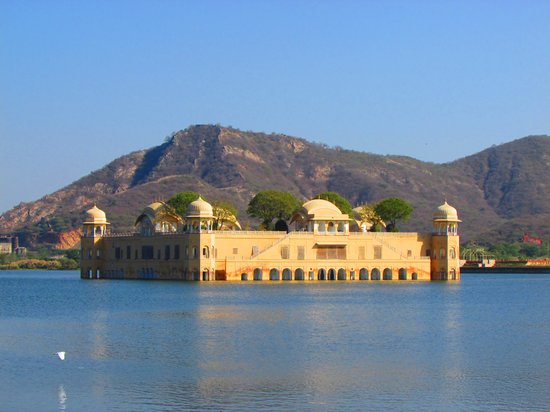
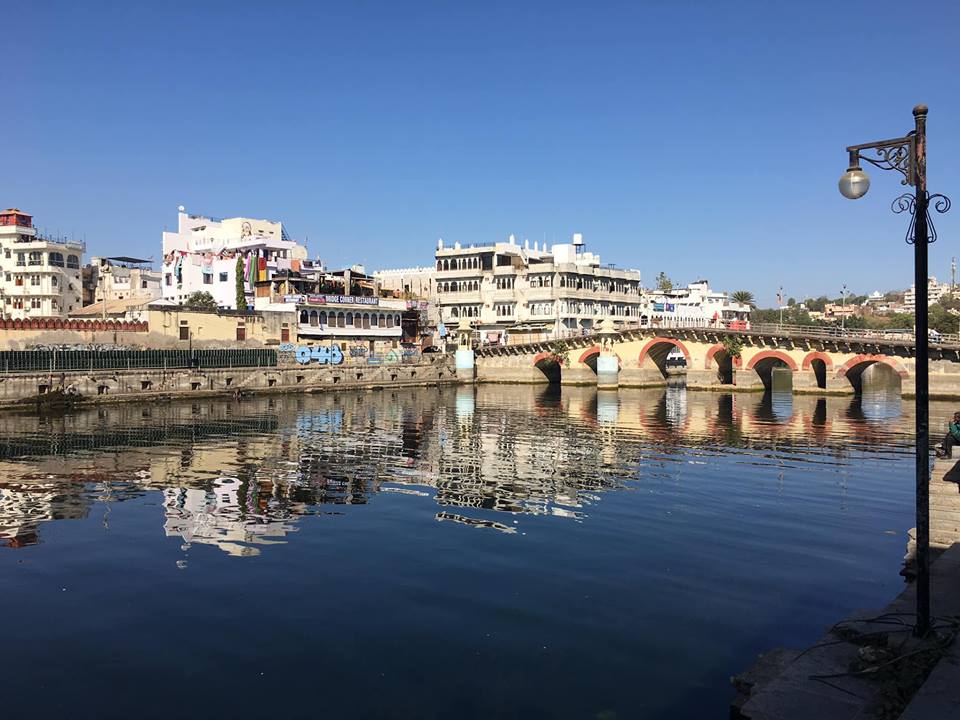
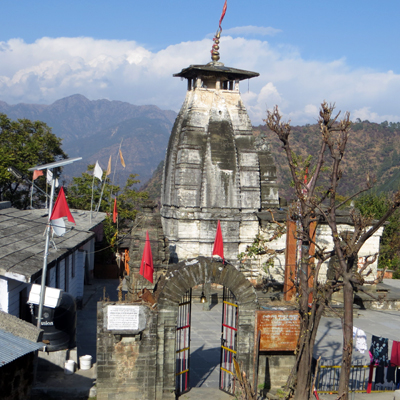

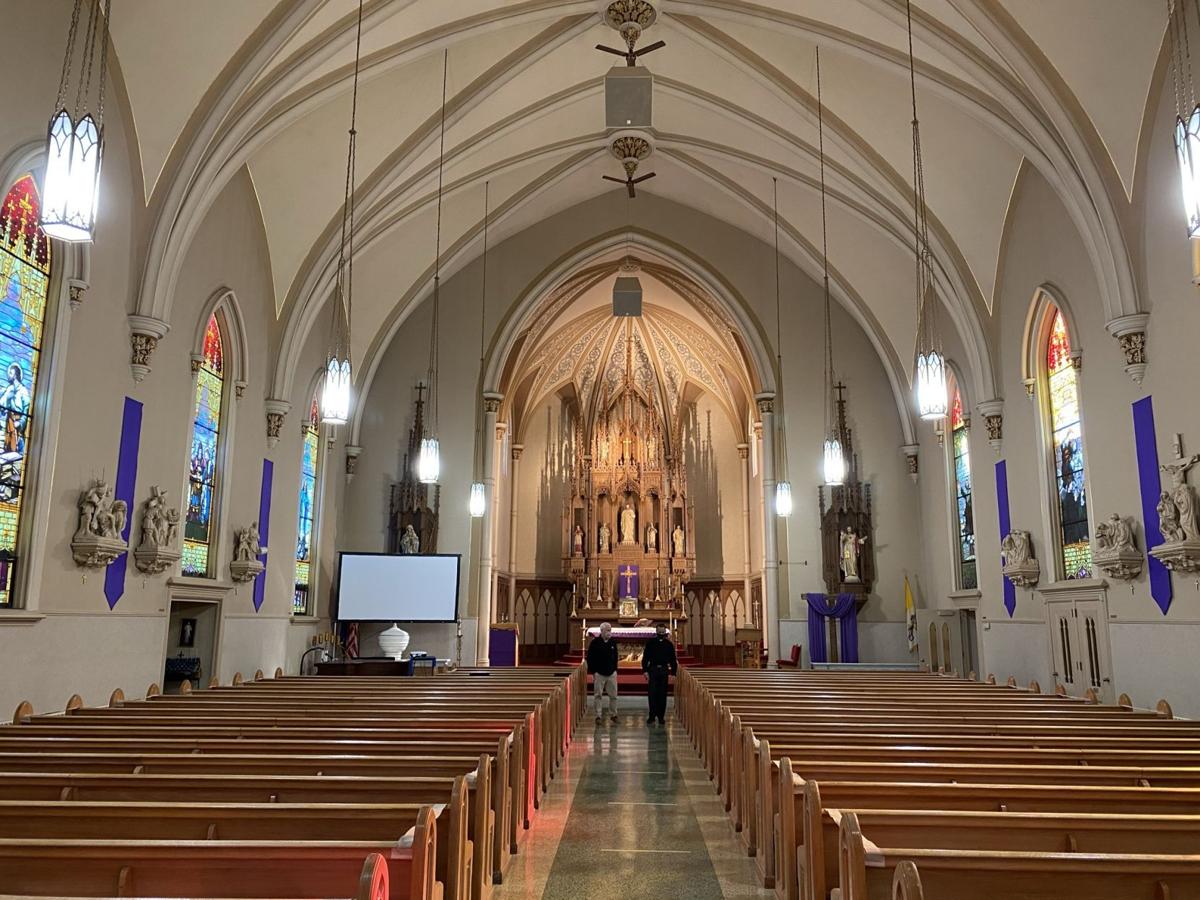

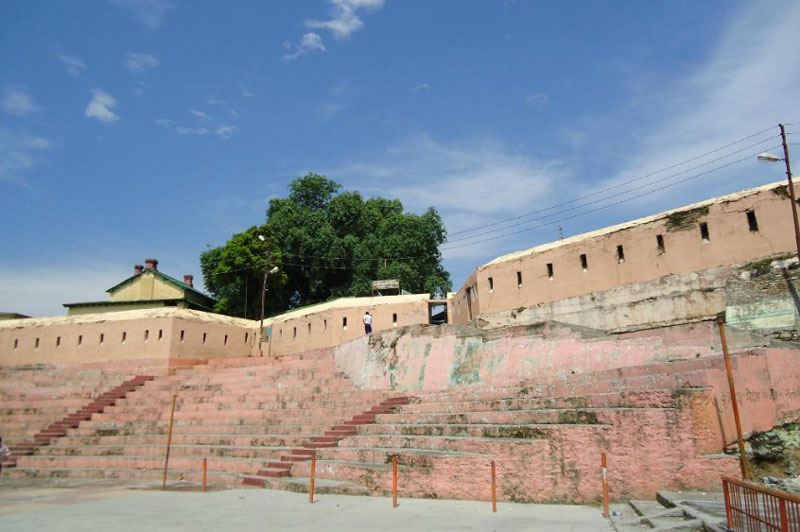



2 Comments
Comments are closed.